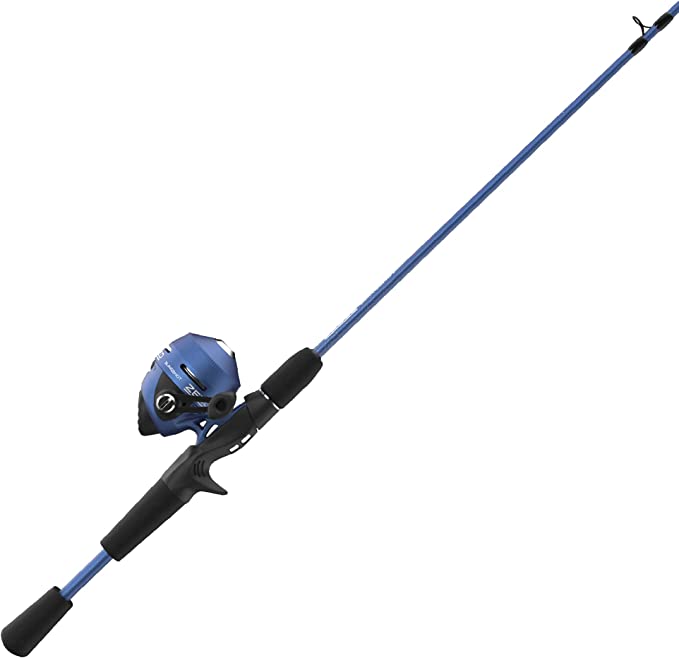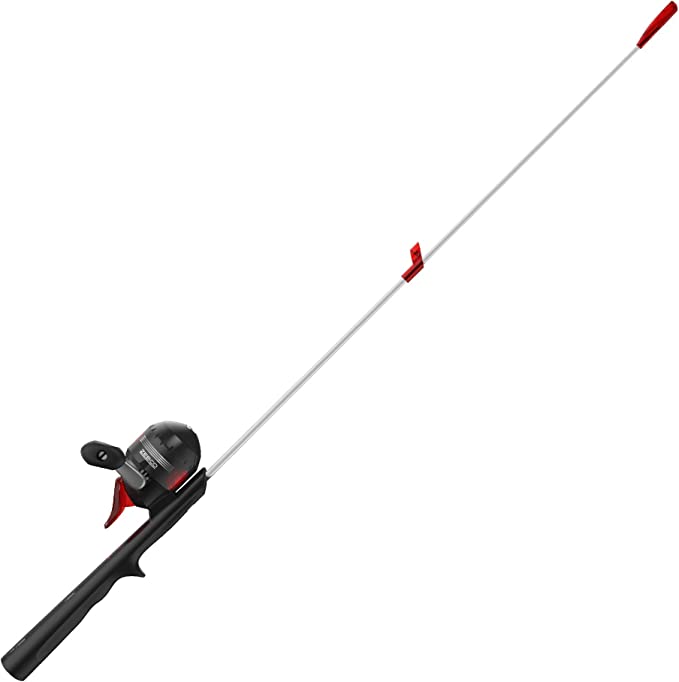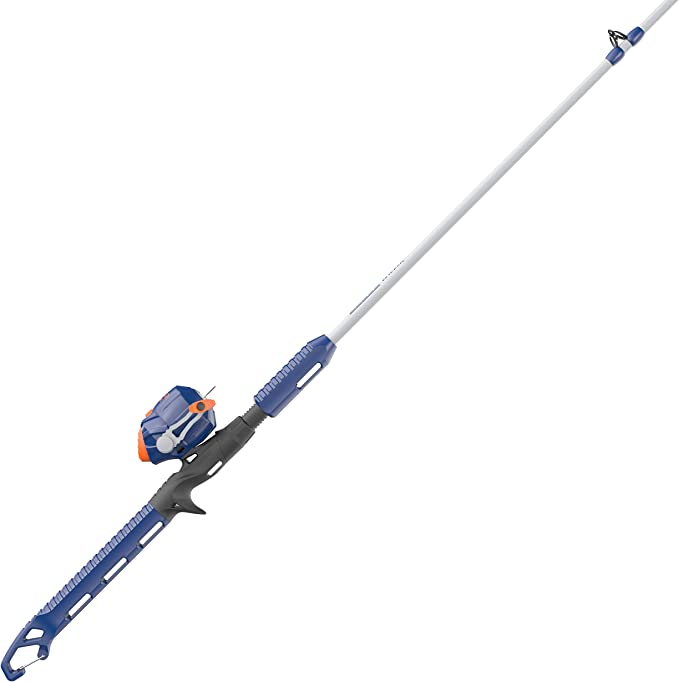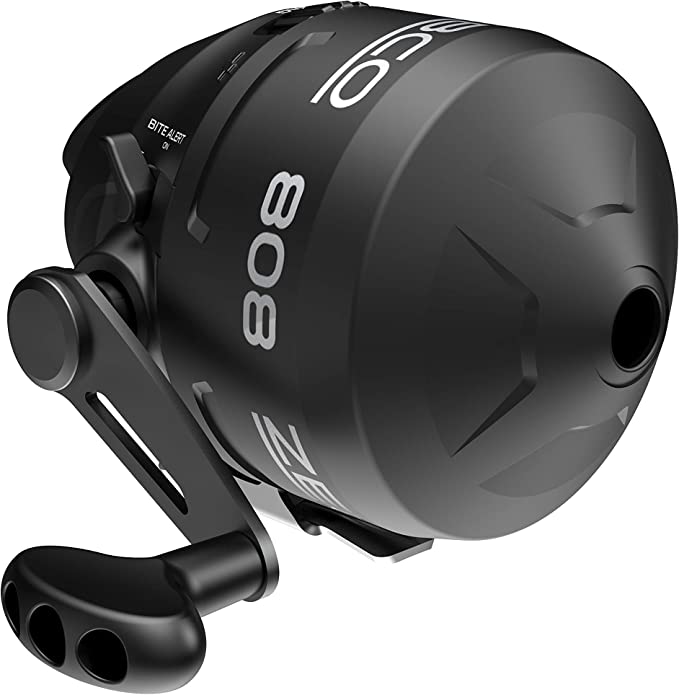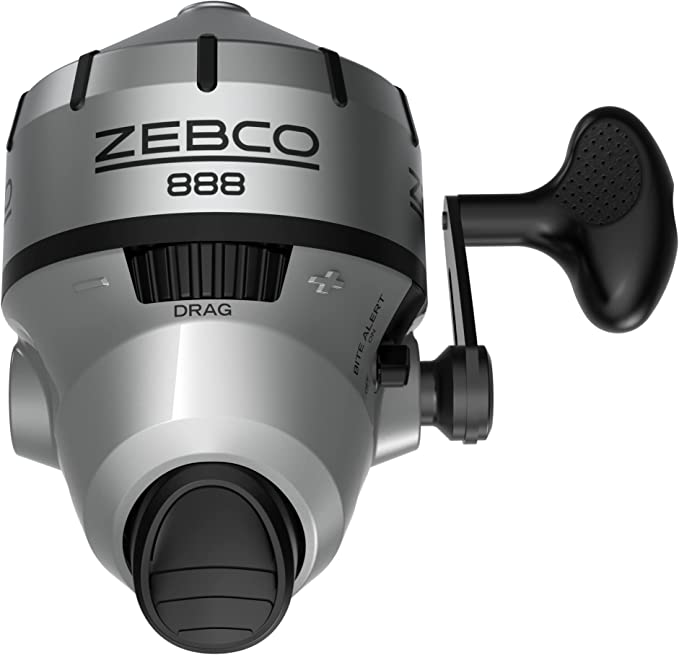The Bomb Fuse That Taught America to Fish: An Ode to the Zebco 202
Update on Aug. 2, 2025, 6:34 a.m.
Some objects are more than the sum of their parts. They are vessels of memory, tangible links to a past era of ingenuity and optimism. A cast iron skillet, a leather baseball glove, a Coleman lantern flickering at dusk. And for millions of North Americans, the Zebco 202 spincast combo belongs in that hallowed category. To understand this humble fishing setup is to uncover an unlikely story of American history, one that begins not in a tranquil cove, but in the crucible of war manufacturing. Its origins lie with a company that, until 1949, was known as the Zero Hour Bomb Company of Tulsa, Oklahoma.
This unlikely pivot from producing electric bomb fuses to creating tools for peaceful pastime is the story of a nation repurposing its industrial might. It is the story of how an invention, born from a watchmaker’s frustration, would democratize the sport of fishing forever.
The Crucible of Innovation
In the years following World War II, America was awash with new technologies and manufacturing capacity. The challenge was to channel this energy into consumer goods. For the Zero Hour Bomb Company, the path forward came from an unlikely source: a quiet Texan watchmaker named R.D. Hull. Hull was an avid angler, but like so many others, he was constantly plagued by the fisherman’s nemesis: backlash. The revolving-spool baitcasting reels of the day were notoriously difficult to master, prone to creating a horrific, tangled bird’s nest of line with a single clumsy cast.
Frustrated, Hull applied his watchmaker’s precision to the problem. He envisioned a reel where the spool was fixed and enclosed, where the line could fly off freely without the spool’s momentum causing it to over-run. His initial prototypes, cobbled together from a coffee can lid and other household items, were the genesis of a revolution. He patented his “no-tangle” design and brought it to the one company he knew had the tooling and expertise for mass production. The Zero Hour Bomb Company saw the genius in Hull’s idea, changed its name to Zebco, and in 1949, the world’s first commercially successful spincast reel was born.
Anatomy of a Revolution: The Spincast Reel
The Zebco 202 is a direct descendant of Hull’s original vision, a masterclass in user-focused engineering. Its iconic, cone-shaped housing isn’t just for looks; it’s the key to its “no-tangle” performance. Inside, the line spool remains stationary during a cast. Pressing the thumb button retracts a tiny stainless steel pick-up pin, allowing the line to uncoil smoothly, pulled only by the weight of the lure. There is no revolving mass to create momentum, and thus, no backlash. It’s a design so intuitive a child can master it in minutes.
But the brilliance lies deeper. The reel’s specifications reveal a design philosophy centered on control, not speed. The gear ratio is a modest $2.8:1$. This means for every turn of the handle, the internal mechanism retrieves the line 2.8 times. While slower than high-performance reels, this low ratio acts like the low gear on a truck; it trades top-end speed for raw pulling power, or torque. For a beginner battling a surprisingly strong bass, this mechanical advantage provides the confidence and control needed to land the fish.
Two other features work as silent guardians. The dial-adjustable drag is a friction-based clutch that allows a powerful fish to pull line from the reel under steady pressure, preventing the 10-pound test line from snapping. The QuickSet anti-reverse system ensures that when you stop turning the handle, it stops instantly. This allows for a solid, immediate hookset, translating the angler’s tug directly to the hook point without any wasted motion.
The People’s Rod: A Revolution in Material
A revolutionary reel required a fitting partner. The rod paired with the 202 is made of durable fiberglass, the wonder material of the mid-20th century. In an era before costly and delicate graphite, fiberglass was a game-changer. It is a composite material, where thousands of tiny glass fibers are suspended in a polymer resin. This structure allows stress to be distributed across the entire rod, making it incredibly tough and forgiving of the bumps, scrapes, and accidental high-sticking that are part of learning to fish.
This choice of material was a conscious trade-off. Fiberglass prioritizes durability over the heightened sensitivity of more modern materials. You might not feel the most subtle nibble, but the rod is strong enough to handle a feisty catfish and forgiving enough to survive being slammed in a car door. It was, and is, the people’s material—strong, affordable, and reliable. The rod’s “Medium-Light Power” and “Moderate-Fast Action” are the perfect match for the reel, creating a balanced system capable of casting a wide range of lures and handling the most common freshwater species.
Legacy in a Tackle Box
Looking at the Zebco 202 combo today, you see more than just a fishing pole. You see a piece of history. You see the legacy of a company that turned its wartime expertise toward peacetime pleasure. You see the ingenuity of a watchmaker who refused to accept a common frustration. In its all-metal gears, its simple push-button, and its resilient fiberglass frame, the Zebco 202 tells a story about the power of accessible design. It’s a tool that didn’t just make fishing easier; it made it possible for millions, creating generations of anglers and cementing its place as a true American icon, passed down from one hand to the next.
